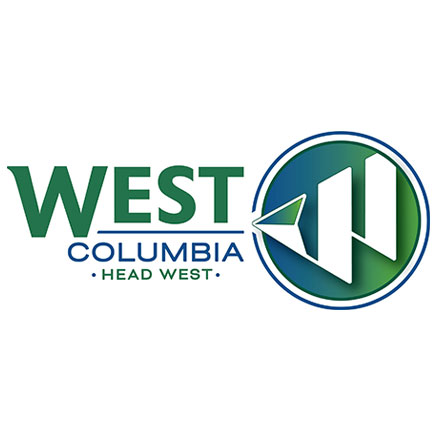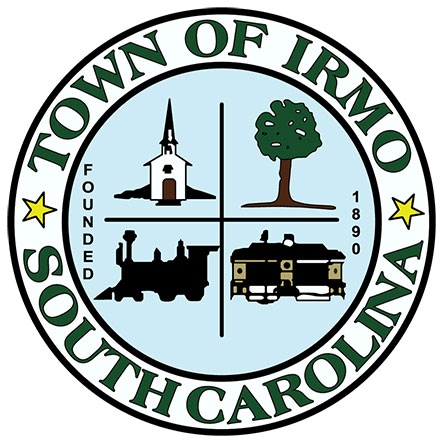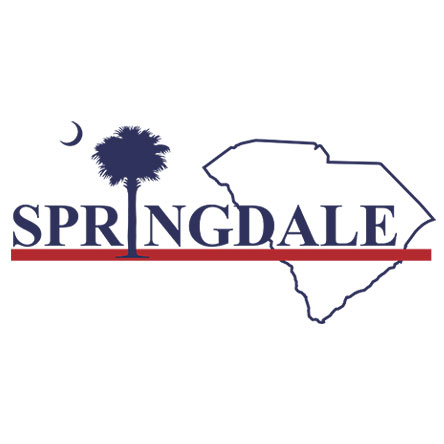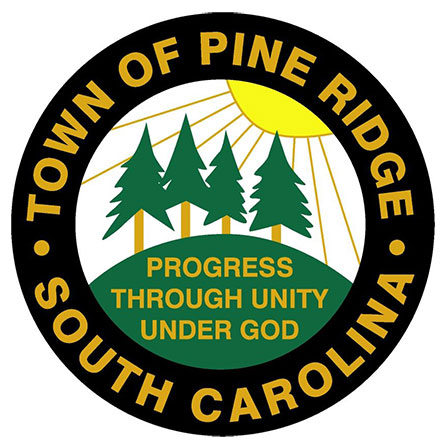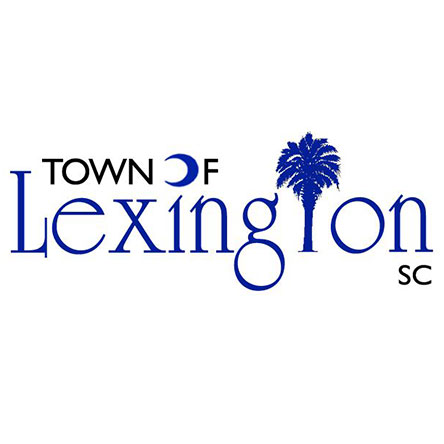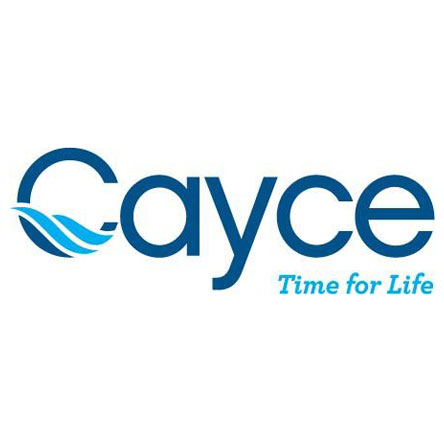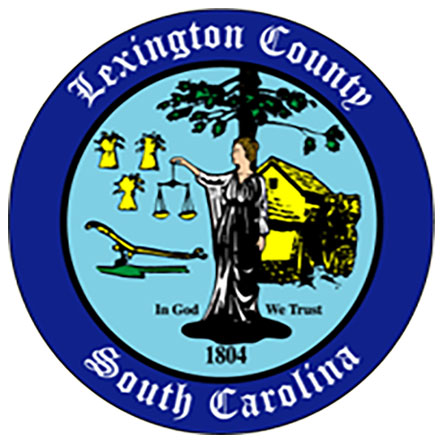
About
LCSC Goal: We will strive to enhance and support healthy, fishable and swimmable waterways in Lexington County through public education and stakeholder collaboration.
LCSC Objectives:
1. To create a model collaborative water quality education program in Lexington County that can be implemented throughout South Carolina and beyond
2. To foster citizen involvement and encourage behavioral change
3. To achieve clean and healthy tributaries, rivers and ground waters throughout Lexington County
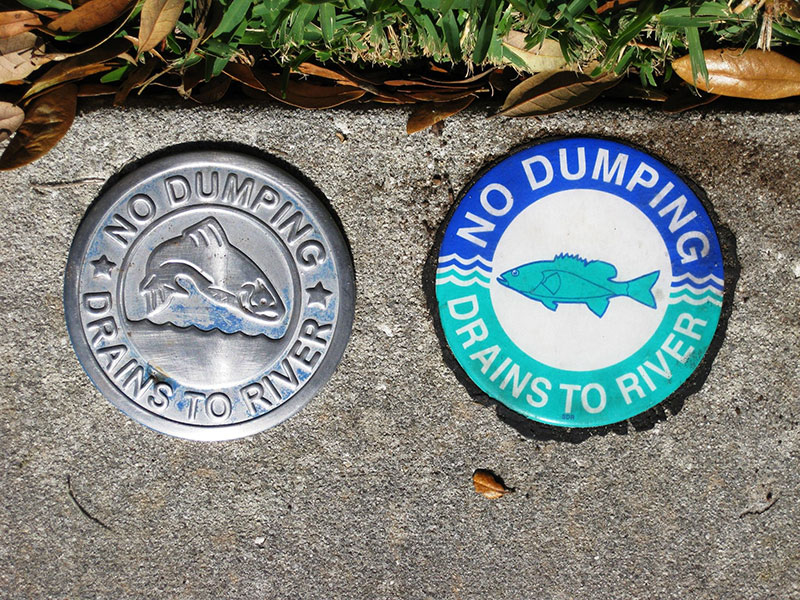
STORMWATER RUNOFF POLLUTION IS EVERYONE’S RESPONSIBILITY
What is runoff pollution?
As stormwater flows over hard surfaces such as driveways, rooftops, sidewalks, parking lots and roads it picks up trash, chemicals, dirt and bacteria from pet waste and anything else left on the ground and dumps it into the storm drain. The water that flows through a storm drain doesn’t get treated. It empties directly into the nearest creek, river or stream.
Where does stormwater pollution come from?
This type of pollution cannot be connected to a particular source. It is referred to as non-point source pollution because it generates from the various activities that many people do every day. For example, over fertilizing your yard, spilling household hazardous wastes on sidewalks and drives, leaking oil from a car, and leaving pet waste on the road all contribute to stormwater (a.k.a. non-point source) pollution.
Is stormwater a pollution a problem in Lexington County?
Yes, polluted runoff is now our nation’s greatest threat to clean water. According to the Environmental Protection Agency, stormwater pollution is the leading cause of water pollution in the United States. In Lexington County 40% of our watersheds (the land area draining to a particular stream) are polluted due to stormwater runoff including Twelve Mile, Kinley and Congaree Creeks.
How can I prevent runoff pollution?
We all contribute to runoff pollution and everyone can play a role in reducing it by practicing a few healthy household habits. For example, wash vehicles on a grassy surface away from pavement or at a commercial car wash where the soap, dirt, grease and other pollutants go to the sewer system and are treated instead of washing the car in a driveway where the dirty water goes into the storm drain. Fixing fluid leaks in vehicles also keeps automotive fluids from causing pollution. When gardening, limit pesticides and sweep any fertilizer or grass clippings from the pavement to keep them from washing into the storm drain. Pick up pet waste when walking the dog, bag it, and discard it in the trash. Remember, these habits can rub off on neighbors, and help to establish a “new normal” trend. To sum it up, nothing but rain should enter a storm drain.
Where can I learn more?
Environmental Protection Agency Polluted Runoff Page: http://water.epa.gov/polwaste/nps/
Non-Point Source Kid’s Page: http://water.epa.gov/polwaste/nps/kids/index.cfm
SC Department of Health & Environmental Control Watershed Page: SC Dept. of Health & Environmental Control Watershed Page
Members
Educational Partners
Fuss and O’Neal
SC Department of Natural Resources
SC DHEC Bureau of Water
Lexington Soil and Water Conservation District
SC Green Steps Schools
Lexington Wildlife Chapter
Central Midlands Council of Governments
Congaree Riverkeepers
Keep the Midlands Beautiful
Palmetto Pride
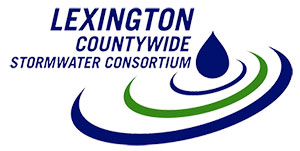
All Content Copyright © 2024 Lexington Countywide Stormwater Consortium. All rights reserved.
